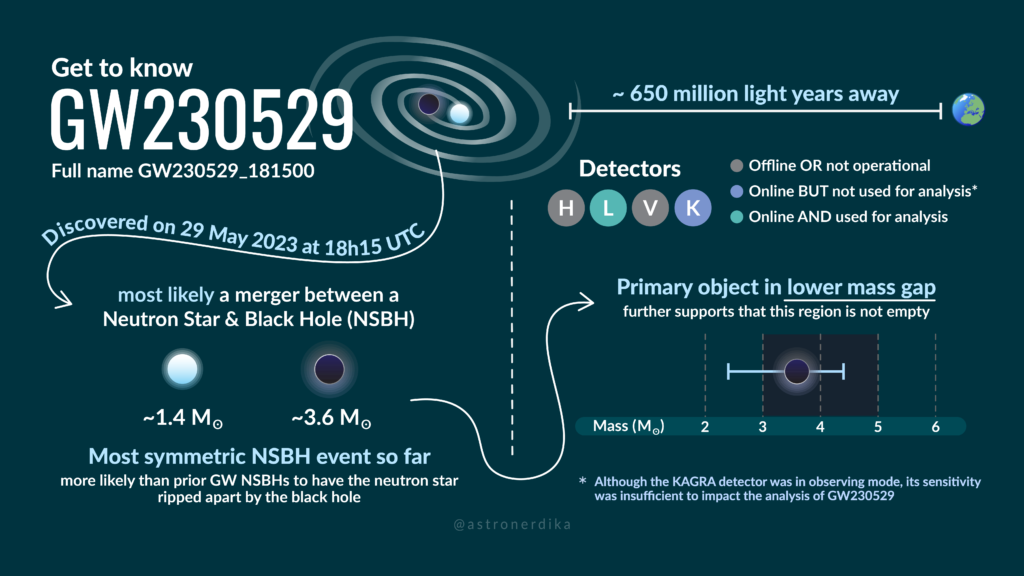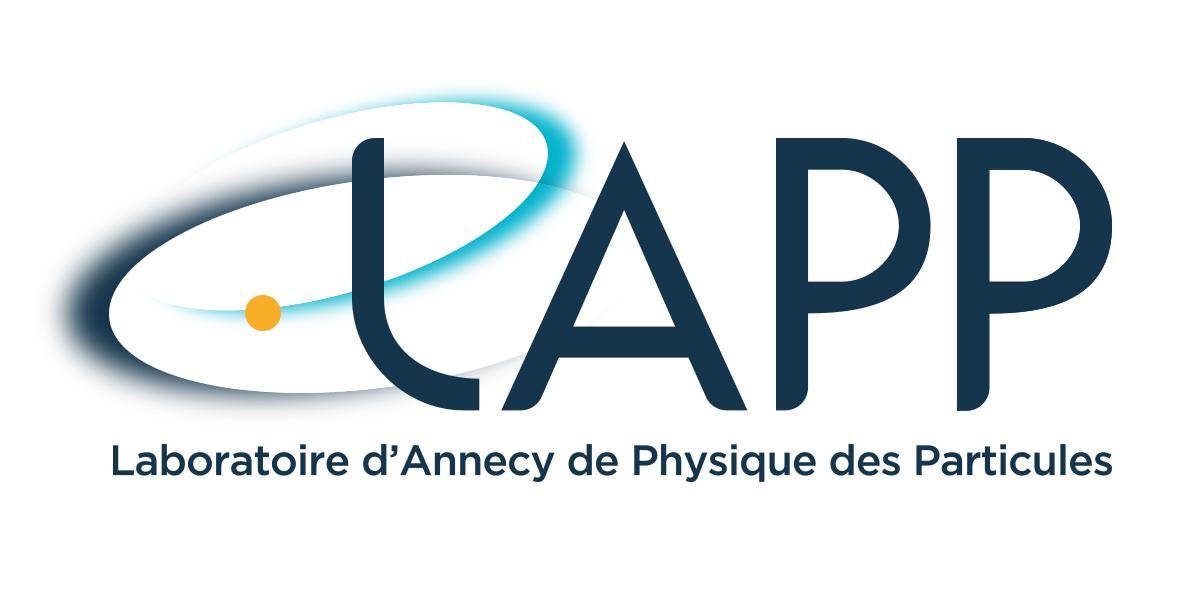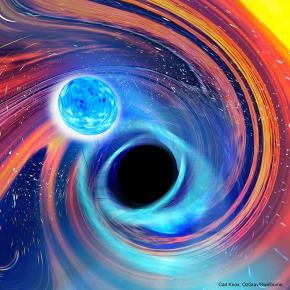Fourth observing run of ground-based gravitational wave detectors: first results and restart of observations with Virgo
On 10 April, the LIGO-Virgo-KAGRA collaboration began the second part of its fourth observing run (O4b). The European detector Virgo, located near Pisa in Italy, has joined this run alongside the two LIGO interferometers at Hanford and Livingston in the USA. The latter carried out the first part of the run (O4a) from May 2023 to January 2024, while Virgo focused on improving its sensitivity by reducing the impact of several sources of noise. The O4b observations will continue until early 2025.
Virgo’s participation will make it possible to better localize gravitational wave sources in the sky and thus increase the probability of observing multi-messenger events, which are remarkable but rare. By the end of the O4 observation cycle, the total number of gravitational wave signals detected could exceed 200. The first part O4a has already identified around 80 highly probable candidates, which are currently being analysed in depth.
One of the O4a events – GW230529 – has just been confirmed in the first publication to emerge from this observation run, and is proving to be particularly interesting. The analysis of GW230529 shows that it is the result of the merger of a neutron star and a compact object of uncertain nature. The mass of this object, between 2.5 and 4.5 solar masses, would make it a surprisingly light black hole or – much less likely – a very massive neutron star.
The LAPP team dedicated to the detection of gravitational waves has been contributing to the Virgo detector for a long time and has been heavily involved in the instrumental work leading up to O4b, including the optical detection system, the control of the interferometer, data acquisition, the calibration of the detector and the study of instrumental noise. It is also contributing to MBTA, one of the analysis pipelines used to identify the GW230529 event.
More information:
- Virgo team at LAPP : https://www.lapp.in2p3.fr/recherche/virgo
- IN2P3 News:
- Cover image: Credits: Carl Knox, OzGrav/Swinburne



